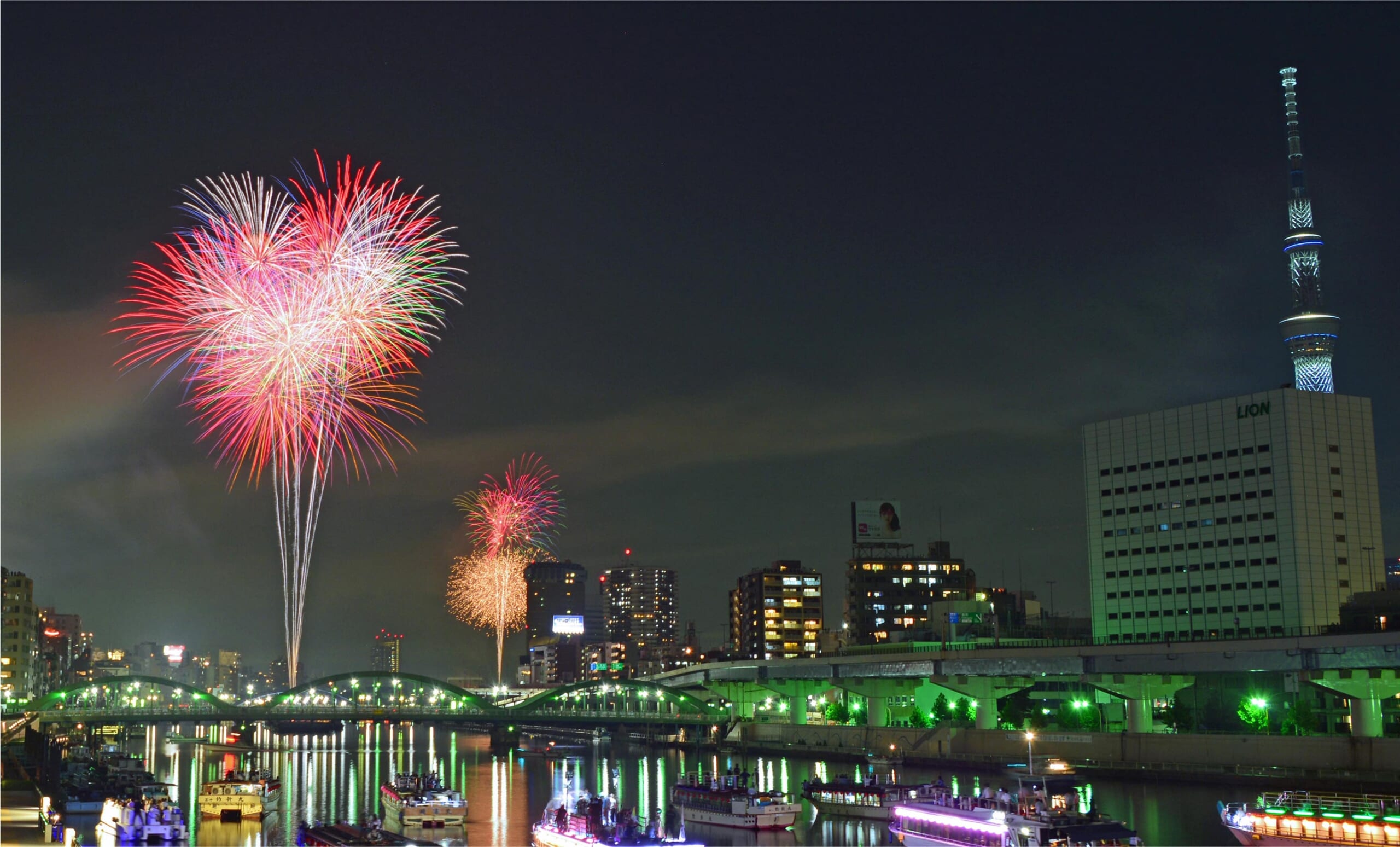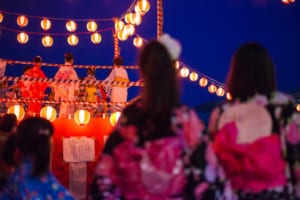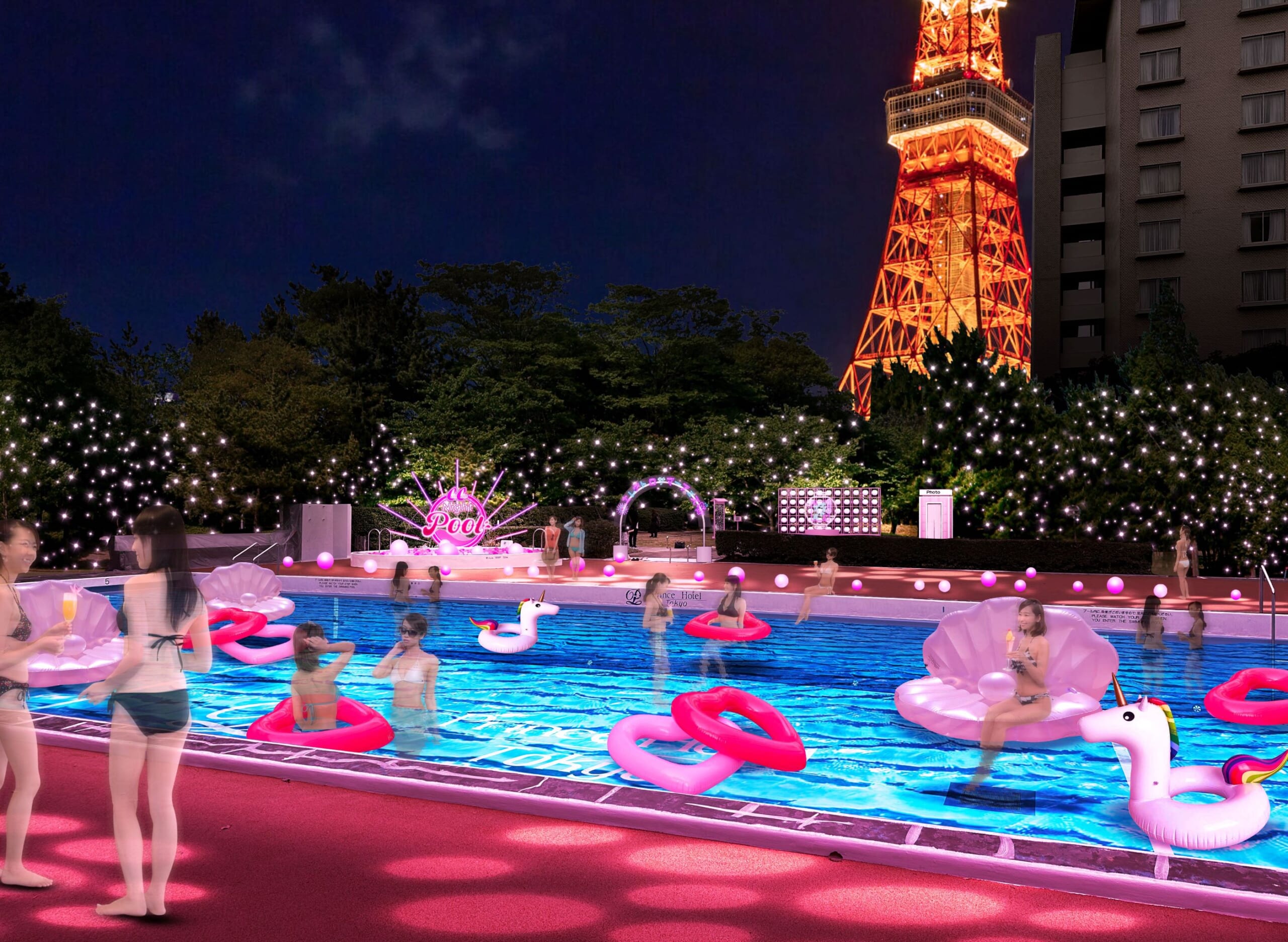Sumida River Fireworks Festival: The Complete Guide
Guide to Tokyo's Largest Fireworks Festival

The Sumida River Fireworks Festival is probably Tokyo’s most anticipated summer event, judging by the insane crowds that it draws every year. It’s easy to see why: hanabi (as fireworks are called in Japanese) events are a staple of the Japanese summer, and in this case, it’s a dazzling display of pyrotechnics over the iconic Sumida River that has captivated both locals and visitors for centuries. A breathtaking show that can be seen from miles away
Fun fact: The Sumida River Fireworks Festival was originally started in 1733 as a way to lift the spirits of the people suffering from famine and disease. Today, it continues to bring joy and wonder to millions, making it a must-see event for anyone visiting Tokyo in the summer.
In this guide, we’ll cover everything you need to know to enjoy the festival to the fullest.
See also: Best Fireworks in Tokyo 2024 Summer & Best Fireworks in Japan 2024 Summer
What is the Sumida River Fireworks Festival?

The Sumida River Fireworks Festival (隅田川花火大会), known in Japanese as Sumidagawa Hanabi Taikai, is a major fireworks display held annually in Tokyo. We’re talking about over 20,000 fireworks launched over the span of 90 minutes, a stunning visual experience that lights up the summer night sky. Its history dating back to the Edo period makes it one of Japan’s oldest fireworks festivals.
The festival is renowned for its competitive nature. Two rival pyrotechnic groups vie to outdo each other with their most elaborate and creative fireworks designs, a tradition that has been maintained since the early 19th century. This friendly competition results in a breathtaking array of fireworks, ranging from traditional chrysanthemums and peonies to more modern and intricate shapes like hearts and characters.

When is Sumida River Fireworks Festival held?
The Sumida River Fireworks Festival is traditionally held on the last Saturday of July. The event typically starts in the evening around 7-7:30 PM and finishes around 8:30-9 PM. But it’s advisable to arrive early to secure a good viewing spot, as the area gets extremely crowded with spectators.
Where is Sumida River Fireworks Festival held?

The festival takes place along the Sumida River, with the main viewing areas located between Asakusa and Ryogoku areas. There are two main launch sites: one near Sakurabashi Bridge and the other near Umaya Bridge, so both sides of the river around these sections and Sumida Park will provide excellent vantage points for enjoying the fireworks display. You can see a
Getting to Sumida River Fireworks Festival

- Asakusa Station: Tokyo Metro Ginza Line, Toei Asakusa Line, and Tobu Skytree Line.
- Honjo-azumabashi Station: Toei Asakusa Line.
- Kuramae Station: Toei Asakusa Line and Toei Oedo Line.
- Ryogoku Station: JR Sobu Line and Toei Oedo Line.
Crowds are expected to be quite large so it’s best to stick with public transportation instead of driving. Roads in the area will be blocked from 3 pm onwards.
Tips for getting the most of your experience

- Be early. People will start saving spots in the best areas from the morning so if you plan to watch the festival with a large crowd of family and friends, you better go at least around noon to make sure you grab a nice place. If you’re on your own or with a few friends, there will be more flexibility and you’ll probably be ok if you get to the area around 4 pm.
- Sumida Park and the roads next to Sumida River around the main section are the best places but that doesn’t mean there are no other good options. Shiori Park near Minamisenji Station or Oyokogawa Water Park near Honjo-azumabashi Station are also good options that will not be as crowded.
- If you want to buy something from convenience stores, do not count on the ones closer to the main viewing areas as those will be packed with long queues. Better buy your snacks and drinks further away.

- Feeling fancy? Some people also opt for reserving special boat cruises or even booking hotels in the area to get an extra-special perspective. There are many different boat cruise services that you can book ahead like this one.
- Turn off the flash on your cameras. No, seriously, I’m tired of seeing people every year trying to snap photos with their cameras and phones, firing a flash to the firmament and then wondering why their photos are so underwhelming.
- Don’t be in a hurry to leave. Once the fireworks are done, huge crowds will be headed to the nearest stations and riding the trains will be a hassle. Imagine rush hour crowds on the train but this time at least half the passengers are drunk or at least a little tipsy. If you’re not in a hurry to go back home, you better relax for a while and take your sweet time before heading to the stations.
Tourist attractions near Sumida River Fireworks Festival
To make the most of your day, you can also spend the morning in one of these interesting attractions:
1. Asakusa and Sensoji Temple

More info: Sensoji Temple in Asakusa Tokyo
2. Tokyo Skytree

More info: Tokyo Skytree: The New Symbol of Modern Tokyo
3. Edo-Tokyo Museum

Located in the Ryogoku district, the Edo-Tokyo Museum (江戸東京博物館) has an in-depth look at Tokyo’s history from the Edo period to modern times. The museum’s exhibits include life-sized replicas, interactive displays, and a wealth of historical artifacts. It’s an educational and fascinating destination for history enthusiasts.
More info: Edo-Tokyo Museum: Experience the Great History of Tokyo!
The Sumida River Fireworks Festival is a highlight of Tokyo’s summer season, with one of the most spectacular displays of fireworks you will ever see. Despite the crowds, you won’t regret this fun experience if you are in the city during late July. Plan your visit carefully, arrive early, and enjoy one of Japan’s most celebrated summer traditions!
▽Subscribe to our free news magazine!▽
For more information about seasonal events and traveling in Japan, check these articles below, too!
▽Related Articles▽
▼Editor’s Picks▼
Written by
Photographer, journalist, and avid urban cyclist, making sense of Japan since 2017. I was born in Caracas and lived for 14 years in Barcelona before moving to Tokyo. Currently working towards my goal of visiting every prefecture in Japan, I hope to share with readers the everlasting joy of discovery and the neverending urge to keep exploring.














